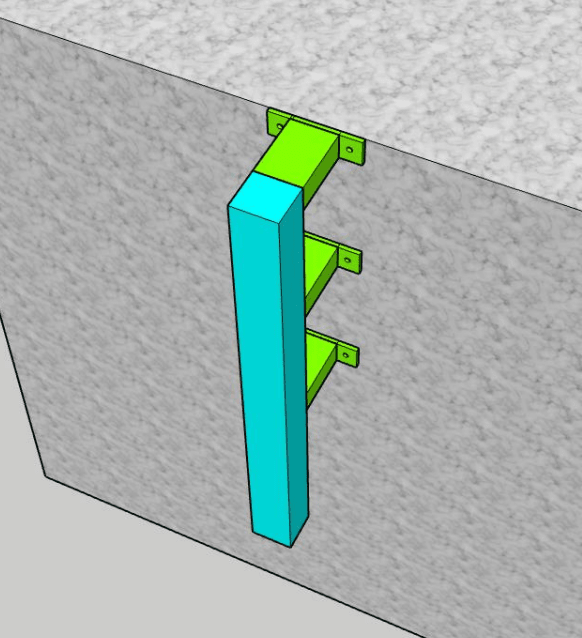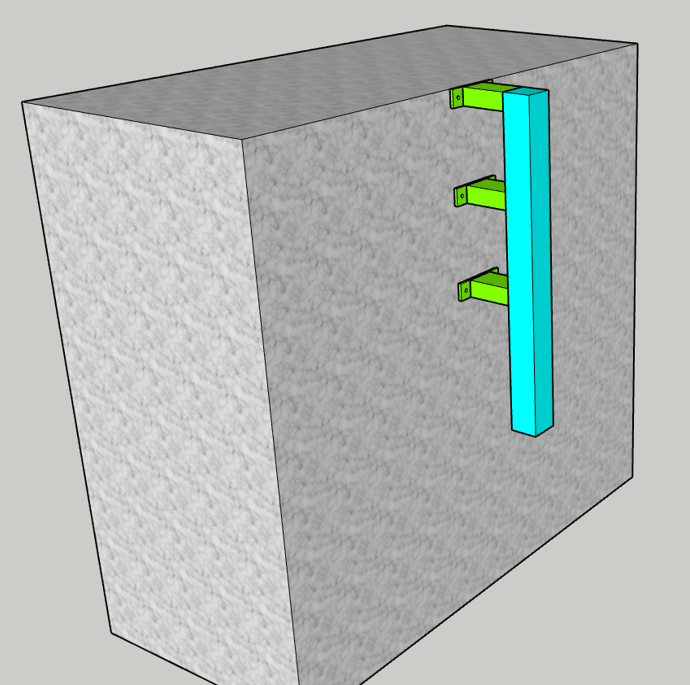Well I am only a PE Structural (Ret.). Given that the loads are posted, and I did ask for those to be confirmed, and they are "structurally" next to insignificant, including the 40 kgm moment that adds a 13kg tension, 6.5 kg per bolt, that's pretty good service IMO. And he doesn't have to wait 2 weeks for a £5000 FEA analysis either. Are you going to add 1000kg tension on each bolt for no apparent reason, or something?
Given the posted loads, I'm sticking to that opinion. I've got wooden shelves on the wall with more load than that thing. This is DIY, not PE territory.
--Einstein gave the same test to students every year. When asked why he would do something like that, "Because the answers had changed."







![[shadessad] [shadessad] [shadessad]](/data/assets/smilies/shadessad.gif)